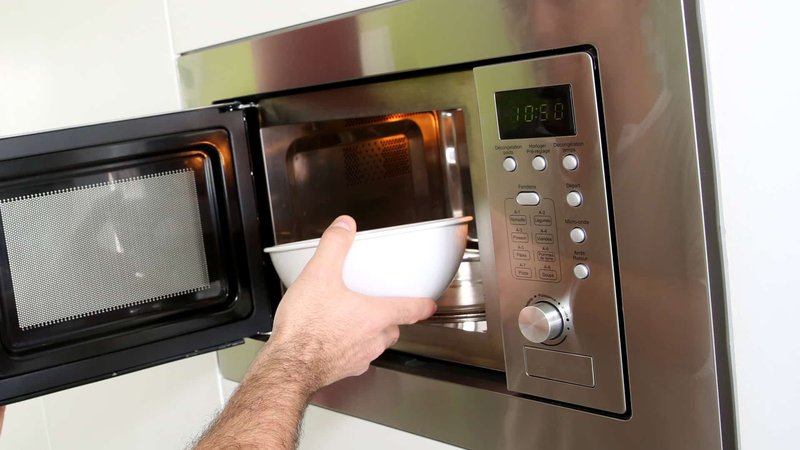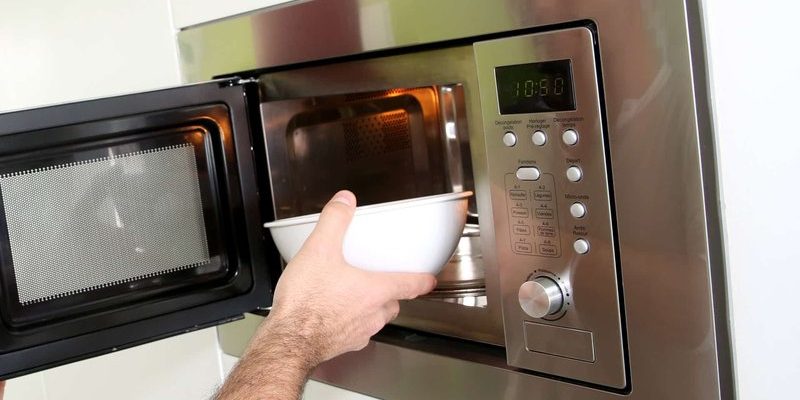
Error codes are like your microwave’s way of telling you something’s not quite right. They’re much like a check engine light in a car — not always straightforward, but certainly worth paying attention to. The E2 code on a GE microwave, specifically, usually indicates an issue related to the sensor that helps regulate cooking. But what does that mean for you and your microwaving endeavors?
Understanding the E2 Error Code
To put it simply, the E2 error code suggests a problem with the microwave’s sensor that detects humidity or the temperature during cooking. Think of it like having a sensitive friend who keeps an eye on your food, ensuring it doesn’t overcook or undercook. If this friend decides to take a vacation (or just stops functioning properly), the microwave can’t do its job as effectively.
The sensor is crucial because it helps adjust cooking times based on how much moisture or heat is detected inside. If it’s not functioning correctly, you might end up with unevenly cooked food. For instance, if you’ve ever tried warming up leftovers only to find some parts still cold and others boiling hot, you know how frustrating that can be. The E2 error warns you of such potential mishaps.
But the big question is whether it’s safe to use your microwave when this code appears. Generally, using a microwave with an E2 error isn’t dangerous in terms of physical safety. However, continuing to use it could lead to increased frustration with inconsistent cooking results and possibly further damage to the appliance.
Why Does the E2 Code Appear?
You might be wondering why your otherwise trusty microwave is suddenly acting up. Several factors could lead to an E2 error code on your GE microwave. One common cause is a faulty or dirty sensor. Over time, residue from cooking, like steam and spills, can coat the sensor, making it less effective. Imagine trying to see through a foggy windshield — it’s similar for your microwave.
Another reason could be related to the microwave’s internal electronic issues. Just like any electronic gadget, microwaves can experience occasional glitches or malfunctions in their wiring or control board. This disruption can lead to false readings or an inability to register the sensor’s accurate status.
Moreover, power surges or electrical issues in your home can sometimes cause these error codes to appear. It’s a bit like when your computer doesn’t boot up correctly after a power outage. Resetting the system can often help sort things out, but if the problem persists, a deeper dive might be necessary.
Steps to Address the E2 Error
Here’s the deal: before calling for repair or considering a replacement, there are some easy steps you can try. It’s like checking if a lamp is plugged in before deciding the bulb is burned out. First, try resetting your microwave. Simply unplug it, wait a few minutes, and plug it back in. This can sometimes clear minor electronic hiccups.
Next, clean the inside of your microwave thoroughly. Ensure the sensor is free from any food splatters or residue. A clean sensor can often fix the problem, much like how cleaning a clogged showerhead restores water flow.
If these steps don’t resolve the issue, it’s time to consult your microwave’s manual or contact GE customer support. They may guide you through more advanced troubleshooting or recommend professional service. It’s like calling a mechanic when the DIY fixes don’t cut it.
Preventing Future Error Codes
The key to avoiding future E2 errors is regular upkeep. Keeping your microwave clean goes a long way in preventing sensor issues. Consider it routine maintenance, much like cleaning out your coffee maker to keep it running smoothly.
Avoid overloading your microwave with oversized dishes that can trap steam or heat unevenly. Think of it as trying to squeeze a king-sized quilt into a standard washer — it’s just not going to work well. Also, ensure your microwave is placed in a well-ventilated area to avoid overheating.
If you frequently encounter power surges in your area, investing in a surge protector for your appliances might save you from future headaches. It’s a safeguard, like wearing a seatbelt to protect against the unexpected.
In conclusion, while dealing with an E2 error code on your GE microwave may seem daunting at first, understanding what it signifies and how to address it can be empowering. With a few simple steps, you can either resolve the issue yourself or know when to seek professional help. Regular maintenance and mindful usage not only enhance the life of your microwave but also make your cooking experience hassle-free. So, next time your microwave tries to communicate an issue through error codes, you’ll speak its language fluently.
